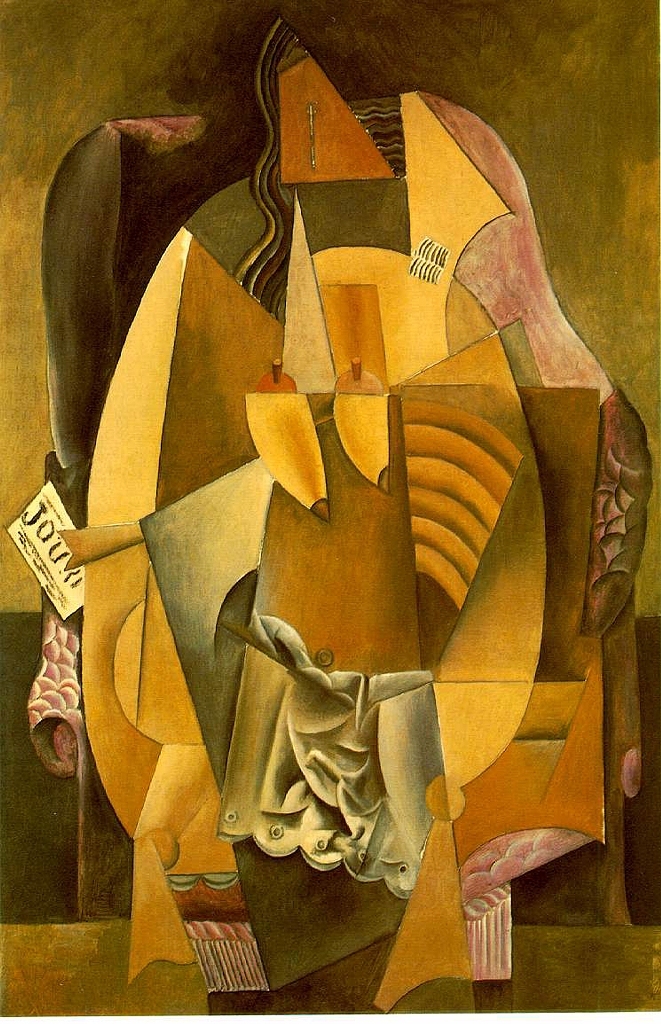

And afterwards, other artists added vitality and dynamism to their compositions. Some people call this stage “Proto-Cubism.”. We should consider what was before: the anticipation of Cézanne, who inspired everything by simplifying, geometrizing and using different points of view at the same time. Cubism has two stages: Analytic Cubism evolved into Synthetic Cubism.It proposes representing the image by “flattening” it on the canvas, and then “dismantling” it in its different components, which are simplified and geometrized, and can be seen from different points of view at the same time. Cubism is the movement of Picasso and Braque (the starting point, les Demoiselles d’Avignon, by Picasso, is from 1907).How is 3 minutos de arte supported?įundamental Differences between Analytic and Synthetic Cubism We could make this publication thanks to small donations. In that sense Picasso wasn't radical and revolutionary that, during his cubist period heĪppeared to become his cubist period was followed (leaving his cubist converts bewildered) by his neo-classicism, a return to tradition.Artistic Movements, Periods and Styles in 5 Points So deeply his figurative upbringing was engrained (he was an artistic prodigy and well-rounded figurative painterĪt 15), that one of the main creators of abstract art never made it to this development's ultimate consequence: pure abstract art. He played with dimensions, flirted with removing the third, but never became a purely abstract painter. An important difference between Picasso and the cubist Mondrian was that Picasso never really gave up the thirdĭimension. Process which ultimately led to the first really non-figurative paintings (or pure abstract art), from 1914 on. Noteworthy is the work of Piet Mondrian, who linearized cubism in his 1912 Apple Tree painting, a Recognizable figurative objective, while Picasso's cubism served as the link between Braques' style and pure the abstract art that followed from cubism. So cubism refers to the styles of both Braques and Picasso, although Braques' cubism has a Paintings to create a style that was abstract in essence, almost pure abstract art. Picasso didn't so much facet natural objects, but used the geometry of Braques' faceted The technique of faceting originated from Georges Braques - it was his way to depict a natural object. Reality outside the painting and the complicated meditations on visual language within the frame, exemplified through their paintings During this movement, the works produced by Picasso and Braque shared stylistic similarities.īoth Pablo Picasso and Georges Braque moved toward abstraction, leaving only enough signs of the real world to supply a tension between the Instead of an emphasis on color, AnalyticĬubists focused on forms like the cylinder, sphere and the cone to represent the natural world. Synthetic cubism, Analytic cubists "analyzed" natural forms and reduced the forms into basic geometric parts on the two-dimensional picture plane.Ĭolor was almost non-existent except for the use of a monochromatic scheme that often included grey, blue and ochre. Analytical Cubism is one of the two major branches of the artistic movement of Cubism and was developed between 19.


 0 kommentar(er)
0 kommentar(er)
